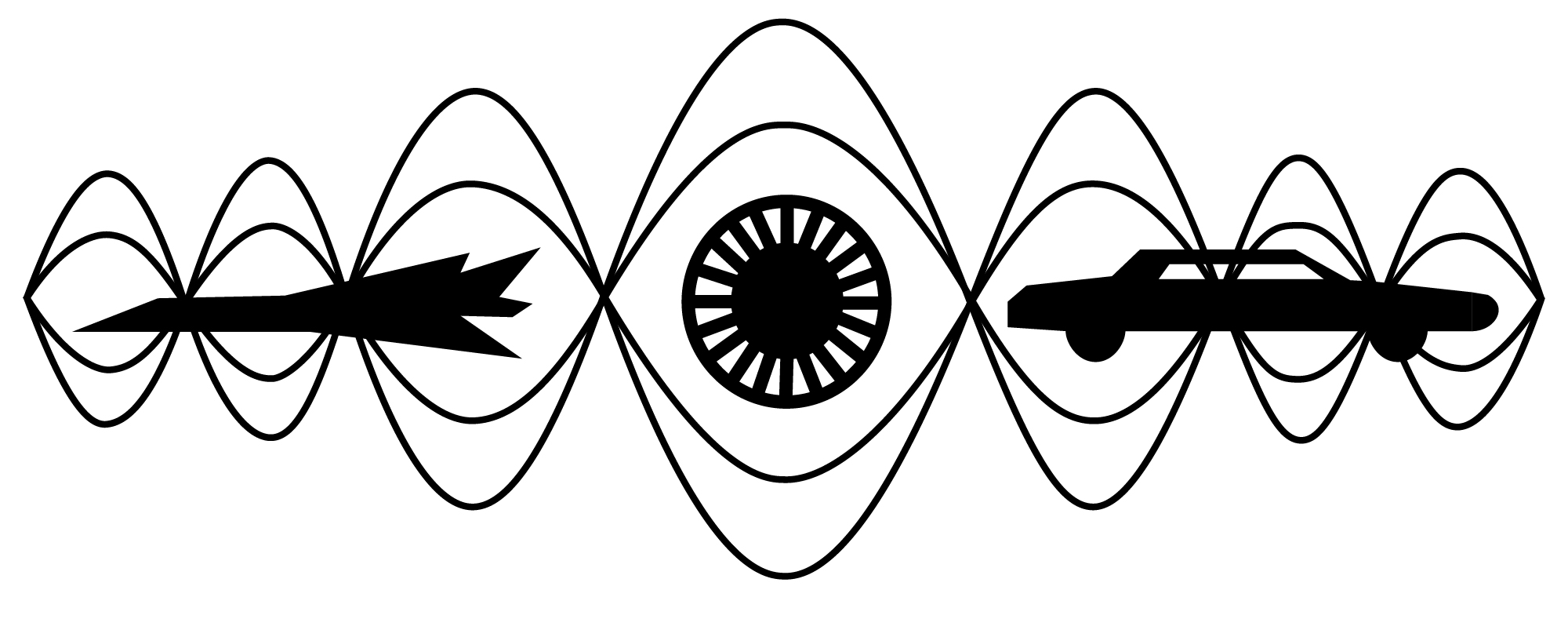- Homepage
- Scope of the congress
- Congress Venue
- Local Organising and Scientific Committees
- International Organising Committee
- International Scientific Committee
- Brochure and Video
- Distinguished Plenary Lectures
- Programme
- Scientific Programme
- Exhibitors & Sponsors
- Student Paper Award
- Social Events
- Publication Ethics and Malpractice Statement
- Editorial policy
- Contact Us
- IIAV
| #44 Active Sound Design |
Markus Bodden Send an email 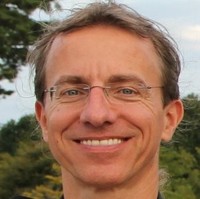 |
Markus Bodden studied electrical engineering at Bochum University (Germany), specializing into the field of human auditory perception. He finished his PhD on the simulation of the Cocktail-Party-Effect in 1992 at the institute of acoustics of Prof. Blauert. Besides his work in the academic sector, he started to consult automotive industries in Sound Quality and Sound Design in his company Product Sound founded in 1994.
|
Sound levels emitted by machines and vehicles have been significantly reduced in the past decades based on intensive Sound Engineering optimizations. This reduction went up to the point when it became obvious that sounds from products are not only to be considered as noise, but that they transport specific information which are important for the receiving human. As a consequence, the field of Sound Quality emerged, aiming at optimizing sounds for specific use cases. The optimization process induced the necessity to shape sound, thus to apply Sound Design, which is tedious to realize and limited in performance if it can be performed on a pure mechanical level only. Considering the fast-developing electronic sound generation and manipulation technologies and availabilities Active Sound Design (ASD) opened new application scenarios and eased the process.
|
|
| #45 Thermoacoustic instability prediction for a decarbonised future |
Aimee Morgans Send an email 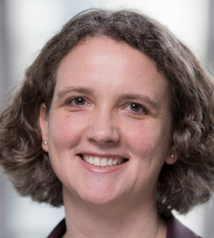 |
Aimee Morgans is Professor of Thermofluids in the Department of Mechanical Engineering at Imperial College London. Her research interests are in aeroacoustics, thermoacoustics, aerodynamics and flow control. She studied undergraduate Engineering at Cambridge University, remaining at Cambridge for a PhD on aeroacoustics. She then held a Royal Academy of Engineering 5-year Research Fellowship in the UK, joining Imperial College as a Lecturer (Assistant Professor) in 2007. She has been at Imperial since, becoming full Professor in 2017. She has held a European Research Council (ERC) Starting Grant and an ERC Consolidator Grant, both on thermoacoustic instability. She was elected a Fellow of the UK's Royal Academy of Engineering in 2021 and awarded the Menelaus Medal by the Learned Society of Wales in 2023. |
This talk will present research on thermoacoustic instability and how this is contributing to a decarbonised future. Thermoacoustic instability arises from a two-way interaction between acoustic waves and flame unsteadiness. It leads to damaging oscillations, and the shift to carbon-free fuels such as hydrogen appears to increase propensity to it. The disparity in length scales associated with the acoustic waves and the flame promotes the use of multi-scale methods for efficient computational prediction. Being able to accurately predict instability is a key tool in being able to design it out. The talk will present some new acoustic modelling avenues, including for acoustic wave propagation in axially varying flows and for acoustic dampers. Data-driven methods which optimise geometry specifically to maximise acoustic damping will be shown, these opening up opportunities for acoustic dampers and burners in hydrogen combustors. |
|
| #46 Micro-vibration and Control of Meteorological Satellite |
Guang Meng Send an email 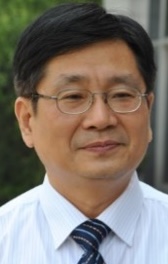 |
Prof. Dr. Meng Guang is now the Chair Professor and the Vice Chairman of the University Council of Shanghai Jiao Tong University and is also the Senior Technical Advisor of Shanghai Academy of Spaceflight Technology. His research areas are related with dynamics, vibration analysis and control, spaceflight design and manufacture. He has published 4 books, about 500 technical papers with more than 8,000 SCI citations, and 73 invention patens.
|
The spacecraft is developing towards ultra-high precision, ultra-high stability, and hyper-spectral sensing directions. Micro-vibration in satellite platform can significantly degrade the performance of payload, so that the micro-vibration analysis, control, measurement, and experiment is very important to all high-performance satellites. Considering the main vibration source on satellite and the requirement of the sensitive payload, the vibration suppression isolators are adopted to both vibration source and the sensitive payload. The parameters and sensitivity of the isolator unit is studied to give basic vibration suppression design guideline. The vibration isolation of the interferometer can be seemed as second level vibration isolation and can further reduce the vibration. The suspension system is used to fulfil the micro-vibration experiment on ground. The on-orbit vibration measurement system is carried on FY-4 satellite and the real data show that the micro-vibration level can be suppressed to meet the satellite requirement. |
|
| #65 Exploring Two Decades of Pioneering Research and Innovation in In-Ear Technologies |
Jérémie Voix Send an email  |
A physicist by education and acoustician by calling, Professor Jérémie Voix has more than 25 years of experience fighting against high-noise work environments. He sits on the Canadian Standards Association (CSA), and was actively involved in drafting the latest standards related to hearing protection (Z94 and Z1007) and measuring exposure to noise (Z107). He is also an active member of the American National Standard Institute (ANSI), and is responsible for the latest standard on fit tests for hearing protectors (ANSI S12.71). Since 2018, he has been involved in the "Make Listening Safe" initiative, under the auspices of the World Health Organization (WHO).
|
This article outlines the journey of a researcher engaged in a successful university-industry collaboration focused on in-ear technologies. The joint research between ÉTS and Sonomax/EERS over the years has resulted in numerous publications and utility patents and has established EERS as a key player in the global "hearables" market. The collaboration between the university and industry has not only propelled research and innovation, trained over 150 researchers, but also fostered a unique and lucrative partnership model for the benefit of both parties. The article delve into some of the "behind the scenes" elements of the collaboration, providing insights into the dynamics and strategies that contributed to its success. |
|
| #223 Understanding the flow-induced noise sources of complex geometries through advanced aeroacoustic measurements |
Danielle Moreau Send an email  |
Danielle Moreau is an Associate Professor in the School of Mechanical and Manufacturing Engineering at UNSW Sydney. She obtained her PhD at the University of Adelaide in 2010 on the topic of virtual sensing for active noise control. Her current research is in the field of experimental aeroacoustics and explores the production and control of flow-induced noise. Her major research contributions have been in wall-mounted finite airfoil aeroacoustics, airfoil trailing edge noise production and control and bluff body flow noise. A/Prof Moreau is a Fulbright Scholar and the co-author of two textbooks: 'Active Control of Noise and Vibration' (Taylor and Francis) and 'Flow Noise: Theory' (Springer). She also serves as Chief Editor of Acoustics Australia and an Associate Editor of Applied Acoustics. |
Aeroacoustics, the sound from aerodynamic flows, is a significant noise contributor for aircraft, wind turbines, fans, UAVs, and underwater vehicles. The noise originates from the unsteady surface pressure produced by the interaction of flow structures and the surface of an object in the flow. This talk focuses on recent experimental progress towards identifying these flow structures to uncover the noise generation mechanisms in complex, three-dimensional flows. It will highlight advanced aeroacoustic experiments that have captured simultaneous measurements of the flow, far-field noise and unsteady wall pressure using techniques such as high-speed particle image velocimetry, acoustic beamforming and dense arrays of wall pressure taps with the remote microphone technique. How we analyze the experimental data to determine the chain-of-causality, linking the flow dynamics to noise emission, will be discussed. The test cases examined will include a finite wall-mounted cylinder immersed in a pressure gradient wall boundary layer and the tip clearance flow of a low Mach number ducted propeller. |
|
| #856 Implants in the Cochlea for Sound and Vibration |
Wim Soede Send an email 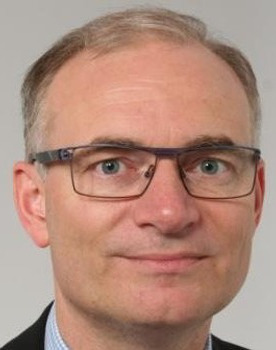 |
Wim Soede studied applied physics at the Delft University of Technology. He finished his Ph.D. work with the development of a directional array microphone to help hearing impaired people having problems with speech intelligibility in noise. After this he started to work as acoustic consultant in the field of industrial noise and vibration. Meanwhile he worked together with Etymotic Research (USA) to further develop the array microphone. Next to his work as acoustic consultant he started in 2001 at the department for Audiology of the Leiden University Medical Centre. As Clinical Physicist he is now involved in the care for people with hearing problems and research in the field of Cochlear Implants.
|
The first Cochlear Implants (CI) were approved by the FDA in 1984 for use in adults. In 1990 approval was given for children also. Since than more than 1 million adults and children with severe hearing problems received a CI to help hearing sounds enabling near normal communication.
|
|
Participant's area I forgot my password Create a new account |
Photos of Netherlands  |


